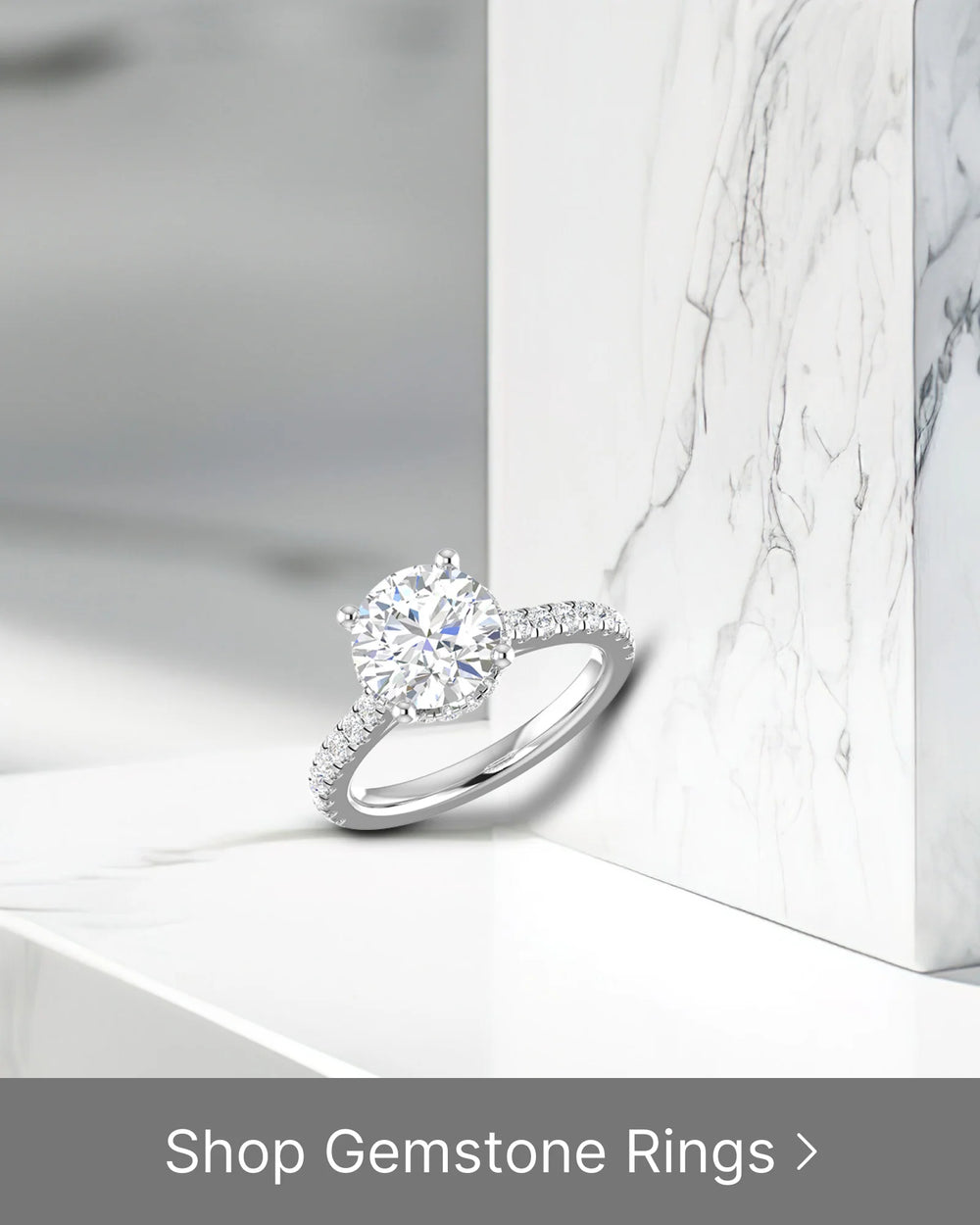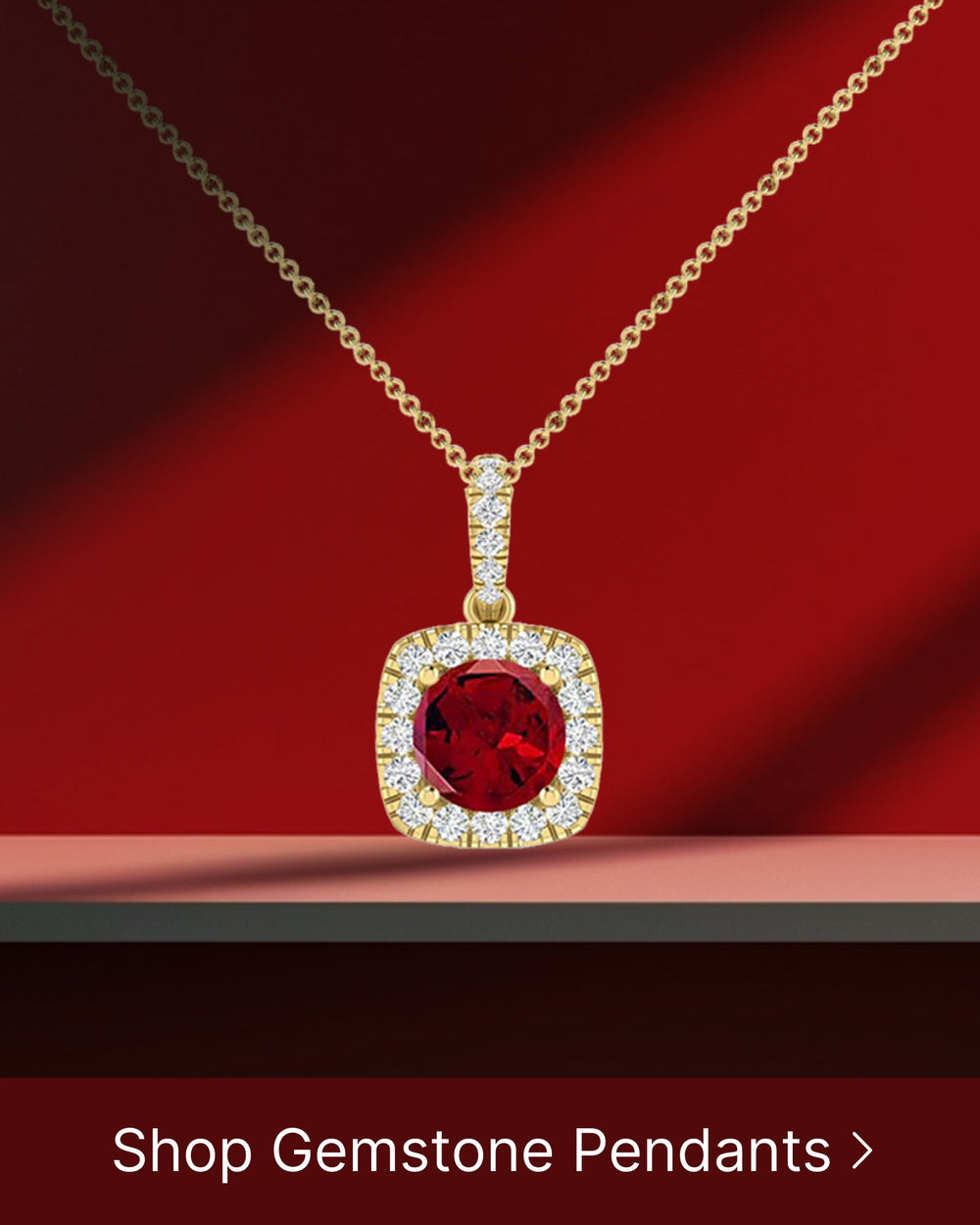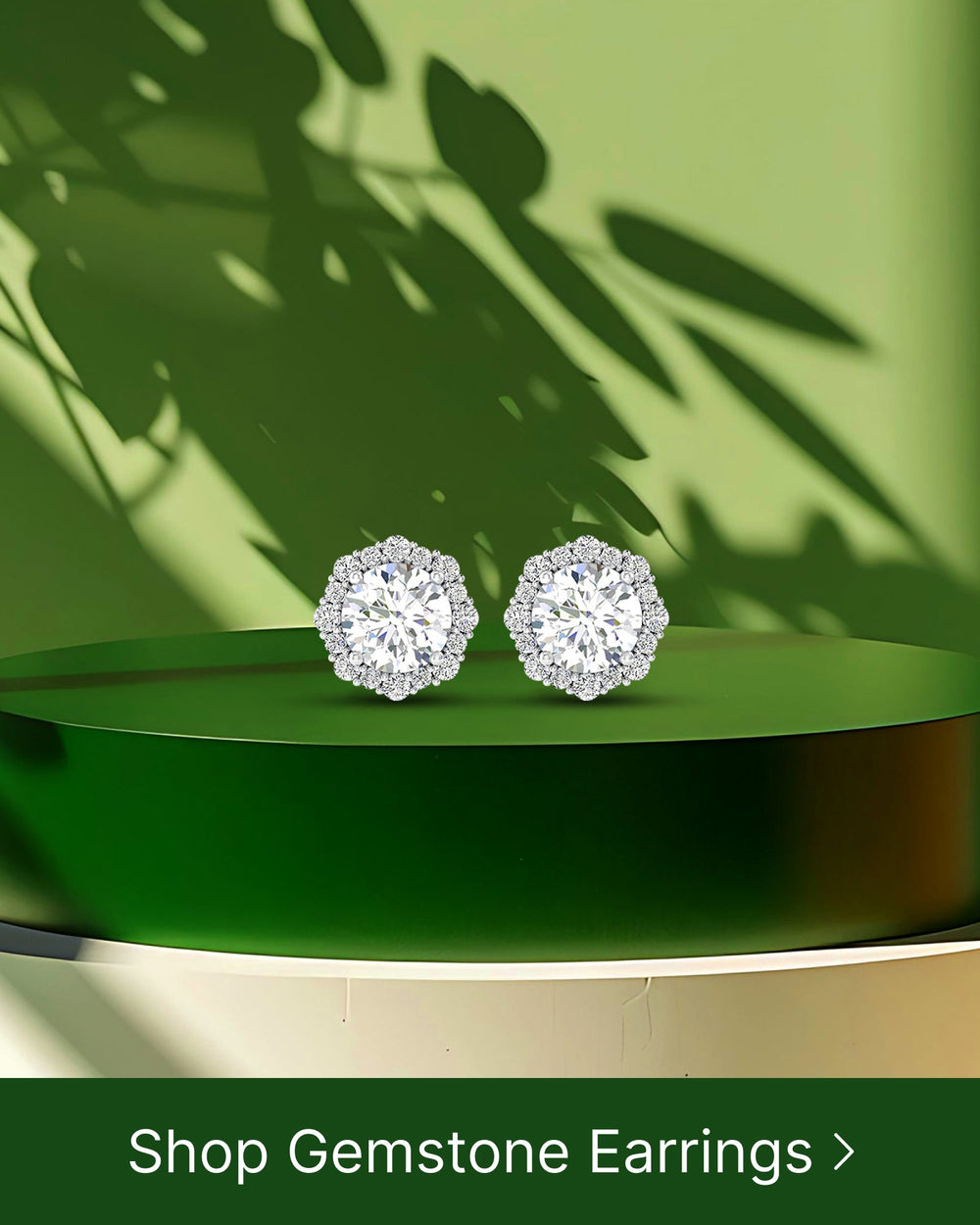The art of jewelry in the Pre-Columbian Americas is a fascinating field that offers insights into the rich culture and traditions of indigenous peoples in this region. From Central to South America, various civilizations throughout history created intricate pieces that not only adorned the body but also carried deep symbolic meanings. In this article, we will explore the diverse aspects of Pre-Columbian jewelry, including its role in society, the materials and techniques employed, regional variations in design, the use of iconography, and the impact of European contact.
Understanding Pre-Columbian Culture
The Pre-Columbian era refers to the time period before the arrival of Christopher Columbus to the Americas in 1492. This vast stretch of time encompasses civilizations such as the Maya, Aztecs, Incas, and many others. These societies had complex social structures, sophisticated agricultural practices, and remarkable artistic achievements. Within this context, jewelry played a significant role in their daily lives.
Pre-Columbian societies were known for their intricate and exquisite jewelry craftsmanship. Skilled artisans used a variety of materials, including gold, silver, jade, and precious gemstones, to create stunning pieces that reflected the cultural and aesthetic values of their respective civilizations. The art of jewelry-making was highly esteemed and passed down through generations, resulting in a rich and diverse tradition of adornment.
The Role of Jewelry in Society
Jewelry held multifaceted roles in Pre-Columbian societies. It served as a marker of wealth and social status, with certain pieces being reserved for elite members of the community. The craftsmanship and materials used in jewelry production were often indicators of one's position in society. Elaborate and ornate jewelry was a symbol of power and prestige, while simpler pieces were worn by the common people.
Furthermore, jewelry was not only a means of personal adornment but also a form of currency and a store of value. In some societies, jewelry was used as a form of exchange, facilitating trade and economic transactions. The value placed on jewelry was not solely based on its material worth but also on the cultural significance and craftsmanship involved in its creation.
Additionally, jewelry was often associated with religious and ceremonial practices, symbolizing connections to the spiritual realm. The wearing of certain pieces may have also been used to indicate membership in specific groups or professions. For example, priests and shamans may have worn distinct jewelry to signify their roles as intermediaries between the earthly and divine realms.
Symbolism and Spiritual Beliefs
In Pre-Columbian cultures, jewelry was imbued with profound symbolism and tied to spiritual beliefs. For example, the use of particular gemstones and animal motifs often had specific meanings associated with deities or natural forces. The choice of materials and designs reflected a deep understanding of the natural world and a reverence for the spiritual forces that governed it.
Jewelry was believed to have protective and healing properties, and amulets were commonly worn to ward off evil or bring good fortune. These amulets were often crafted in the form of animals, such as jaguars or birds, which were believed to possess supernatural powers. The wearing of such jewelry was seen as a way to harness the energy and qualities of these animals, providing the wearer with spiritual protection and guidance.
Furthermore, jewelry was used in religious rituals and ceremonies. Elaborate necklaces, bracelets, and headdresses adorned with intricate designs and precious gemstones were worn by priests and priestesses during important religious ceremonies. These ceremonial pieces were believed to enhance the connection between the physical and spiritual realms, allowing individuals to communicate with the gods and ancestors.
Overall, jewelry played a vital role in Pre-Columbian societies, serving as a means of personal expression, a symbol of status and wealth, and a conduit for spiritual beliefs. The craftsmanship and symbolism associated with Pre-Columbian jewelry continue to captivate and inspire people today, providing a glimpse into the rich cultural heritage of these ancient civilizations.
Materials and Techniques in Pre-Columbian Jewelry
The artistry of Pre-Columbian jewelry can be attributed to the skilled craftsmanship and the use of diverse materials. Gold and silver were highly valued and extensively utilized in jewelry making.
Pre-Columbian societies held gold in immense cultural and religious significance. Its association with the sun and divine entities made it a favored material for jewelry. Goldsmiths employed various techniques to create intricate designs. One such technique was casting, where molten gold was poured into molds to create different shapes and forms. Another technique was filigree, which involved twisting and bending thin gold wires to create delicate and intricate patterns. Additionally, repoussé was used to create raised designs by hammering and shaping the gold from the back.
Similarly, silver was also utilized in Pre-Columbian jewelry. It was treated with techniques such as granulation, where tiny silver beads were fused together to create intricate patterns and textures. Inlay was another technique used, where pieces of silver were set into a base metal to create contrasting designs. The combination of these techniques resulted in exquisite pieces of jewelry that showcased the skill and artistry of the craftsmen.
Stone and Shell Craftsmanship
While metals were prevalent, Pre-Columbian jewelry also incorporated the use of various stones and shells. These materials were chosen for their vibrant colors and symbolic connotations.
Jade, a precious stone revered by many Pre-Columbian cultures, was highly valued for its rich green color and its association with life, fertility, and power. Skilled lapidaries meticulously carved and polished jade into pendants, beads, and ornaments, often incorporating intricate designs and symbols that held deep cultural and spiritual meanings.
Turquoise, another popular stone used in Pre-Columbian jewelry, was prized for its striking blue-green color. It was believed to possess protective qualities and was often used in amulets and talismans. The lapidaries carefully shaped and polished turquoise into various forms, such as beads and mosaic pieces, to create visually stunning jewelry.
Obsidian, a natural volcanic glass, was also utilized in Pre-Columbian jewelry. Known for its sharp edges and glossy black appearance, obsidian was often used to create striking pendants and ornaments. The craftsmen skillfully shaped and polished the obsidian, sometimes incorporating intricate carvings and etchings to enhance its beauty.
Mother-of-pearl, a material derived from the inner layer of certain shells, was highly valued for its iridescent and lustrous appearance. It was often used as an inlay in jewelry, adding a touch of elegance and shimmer to the pieces. The craftsmen carefully cut and shaped the mother-of-pearl to fit into the designs, creating a beautiful contrast with the metals and other stones.
Overall, the materials and techniques used in Pre-Columbian jewelry reflected the rich cultural and artistic traditions of the ancient civilizations. The combination of precious metals, vibrant stones, and intricate craftsmanship resulted in jewelry that not only served as adornments but also held deep symbolic and spiritual meanings.
Regional Variations in Jewelry Design
Throughout the Pre-Columbian Americas, different regions developed their own unique jewelry traditions, reflecting their cultural identities.
Exploring the rich history of jewelry in the Pre-Columbian Americas reveals a fascinating tapestry of craftsmanship and cultural expression. From the intricate techniques of Mesoamerica to the advanced metalworking of the Andean region, each civilization left behind a legacy of magnificent adornments that continue to captivate us today.
Mesoamerican Jewelry Artistry
In Mesoamerica, a region encompassing present-day Mexico and parts of Central America, intricate jewelry-making techniques thrived. The craftsmanship of the Maya and Aztecs is particularly renowned. Their use of feathers, precious stones, and intricate metalwork resulted in magnificent headdresses, pectorals, and other ornate pieces.
Mayan jewelry, for example, showcased a harmonious blend of symbolism and artistry. The use of jade, a sacred stone to the Maya, symbolized fertility, power, and wealth. Intricate carvings and inlays transformed jade into exquisite pendants, earrings, and bracelets, each piece telling a unique story of the wearer's status and connection to the spiritual realm.
Meanwhile, the Aztecs' jewelry craftsmanship was equally impressive. Their skilled artisans incorporated vibrant feathers, such as those from the quetzal bird, into their designs, creating breathtaking headdresses that symbolized royalty and divinity. The meticulous metalwork of the Aztecs, often adorned with precious stones like turquoise and obsidian, resulted in stunning pectorals and necklaces that were worn as symbols of power and prestige.
Andean Jewelry Traditions
In the Andean region, the Inca civilization left an indelible mark on Pre-Columbian jewelry. The Inca's mastery of metalworking, especially in gold and silver, yielded remarkable pieces that showcased their advanced techniques. Elaborate nose rings, earrings, and bracelets exemplify the sophisticated craftsmanship of this area.
The Inca's reverence for gold was unparalleled, considering it the sweat of the sun and a symbol of divine power. Their goldsmiths skillfully transformed this precious metal into intricate pieces that adorned the noble and elite. Delicate filigree work, a technique where fine wires of gold are twisted and soldered together, created stunning patterns and designs that adorned necklaces, earrings, and headdresses.
Silver, too, played a significant role in Andean jewelry. The Inca's mastery of silverwork allowed them to create intricate pieces that showcased their artistic prowess. Silver bracelets, adorned with intricate motifs inspired by nature, were worn as symbols of wealth and status. Elaborate nose rings, known as "tupus," were also crafted with precision, often featuring intricate engravings that represented the wearer's lineage and social standing.
As we delve into the world of Pre-Columbian jewelry, we discover not only the incredible craftsmanship but also the stories and beliefs that these adornments held. Each piece is a testament to the ingenuity and creativity of ancient civilizations, offering us a glimpse into their rich cultural heritage.
Iconography in Pre-Columbian Jewelry
Pre-Columbian jewelry was often adorned with symbols and motifs that held cultural significance and conveyed messages.
Animal Motifs and Their Meanings
Animals were a common motif in Pre-Columbian jewelry, each carrying its own symbolic meaning. Jaguars, for example, were associated with power and represented the ruling elite. Serpents, with their ability to shed their skin, were connected to cycles of transformation and regeneration.
Human and Divine Figures
Representations of human figures, from warriors to gods, were prevalent in Pre-Columbian jewelry. These figures often reflected societal ideals and spiritual beliefs. For example, jewelry featuring depictions of gods emphasized the connection between humans and the divine realm.
The Impact of European Contact on Jewelry Art
With the arrival of Europeans in the Americas, the art of jewelry in the Pre-Columbian era underwent significant changes.
Changes in Material Use
European presence introduced new materials to indigenous jewelry makers, such as pearls, corals, and gemstones from other parts of the world. The influence of European fashion led to the incorporation of these materials into traditional designs, resulting in unique hybrid styles.
Influence on Design and Symbolism
European contact also influenced the design and symbolism of Pre-Columbian jewelry. Christian iconography, for instance, began to appear alongside traditional motifs. The blending of cultural elements demonstrates the dynamic nature of Pre-Columbian art in response to external influences.
In conclusion, the art of jewelry in the Pre-Columbian Americas is a testament to the creativity, craftsmanship, and cultural depth of indigenous civilizations. Through the use of various materials, techniques, and symbols, Pre-Columbian jewelry served as a means of expression, communication, and connection to the spiritual realm. The influence of European contact brought about significant changes, further enriching the artistic legacy of this vibrant era in jewelry making.





